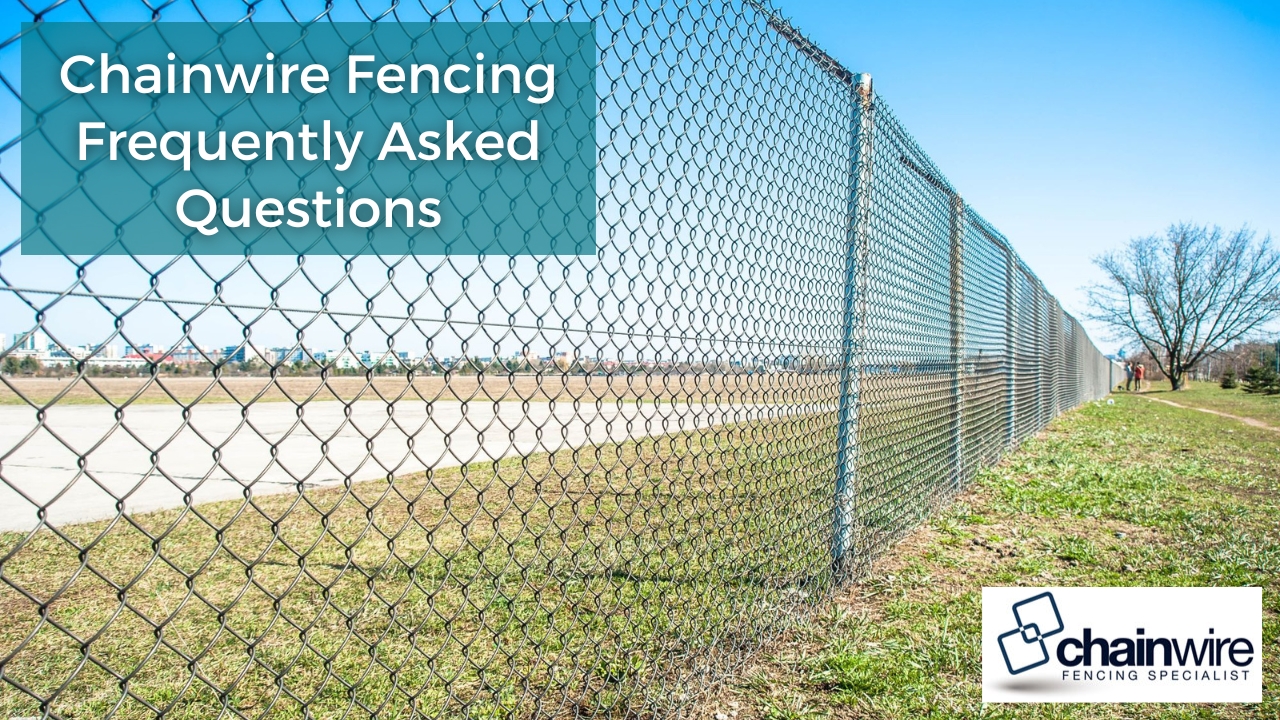Choosing the right fence for security, visibility, and durability can be difficult. With so many options, chainwire fencing stands out due to its strength, low maintenance, and flexibility. But knowing what gauge to use, what coatings work best, or how it performs for pets and property lines can raise a lot of questions.
This guide addresses the most common questions about chainwire fencing and gives practical information to help you make the right choice.
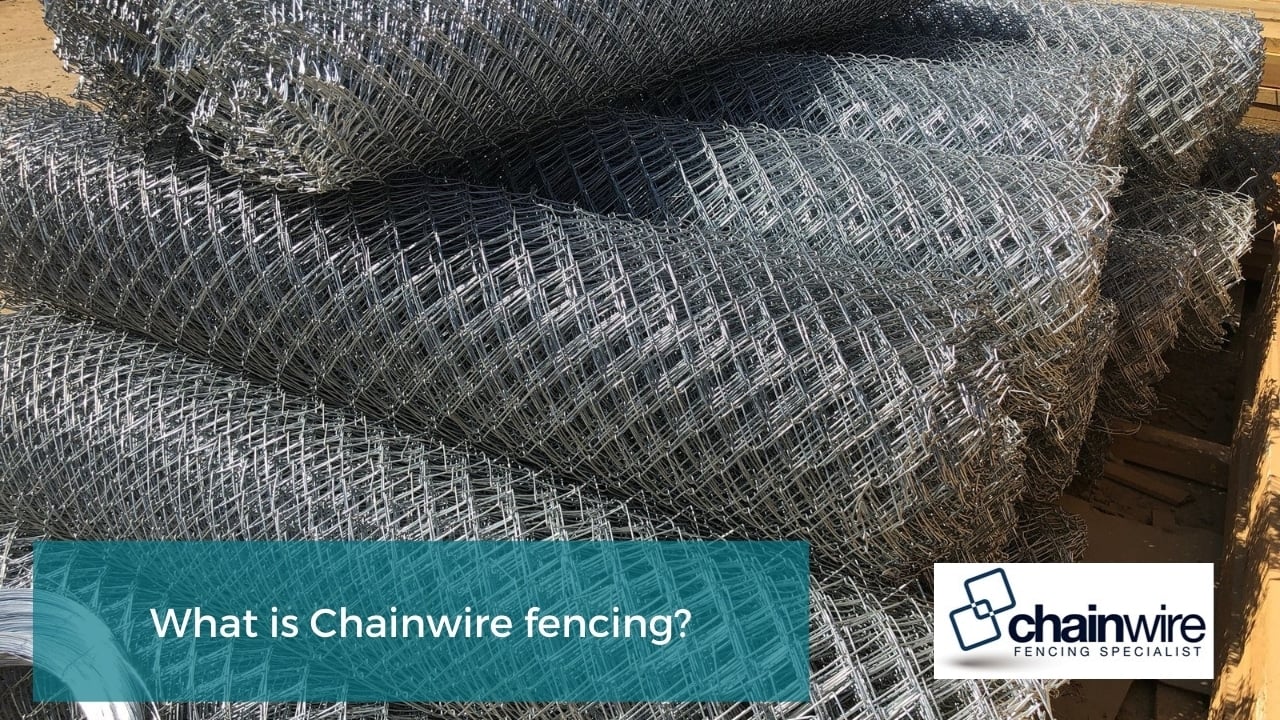
What is Chainwire Fencing?
Chainwire fencing is made from interwoven steel wires forming a diamond-shaped mesh. It’s used across commercial, residential, agricultural, and industrial properties. The wire can be either galvanised or coated in plastic for added protection.
Common heights range from 900 mm up to 3600 mm, making it suitable for small animal enclosures or high-security installations.
What Wire Gauges Are Available?
The gauge refers to the wire thickness. A lower number means thicker wire.
Common gauge options:
- 6 gauge (4.11 mm) – used in commercial security or enclosures for large animals
- 10 gauge (3.25 mm) – used for medium-security needs or robust general use
- 12 gauge (2.64 mm) – used for household applications or smaller animals
- 14 gauge (2.03 mm) and up – for lightweight or temporary use
For animal enclosures, 10 or 12 gauge is common, but 6 gauge offers better resistance if wildlife or external intrusion is a concern.
What Is Selvage and Why Does It Matter?
Selvage is the way the top and bottom ends of the chainwire mesh are finished.
- Knuckle selvage folds the wire over, forming a rounded edge. This option is safer for homes, schools, or animal enclosures.
- Barbed selvage leaves sharp points exposed. This is used where added deterrence is needed, such as at commercial sites or high-security zones.
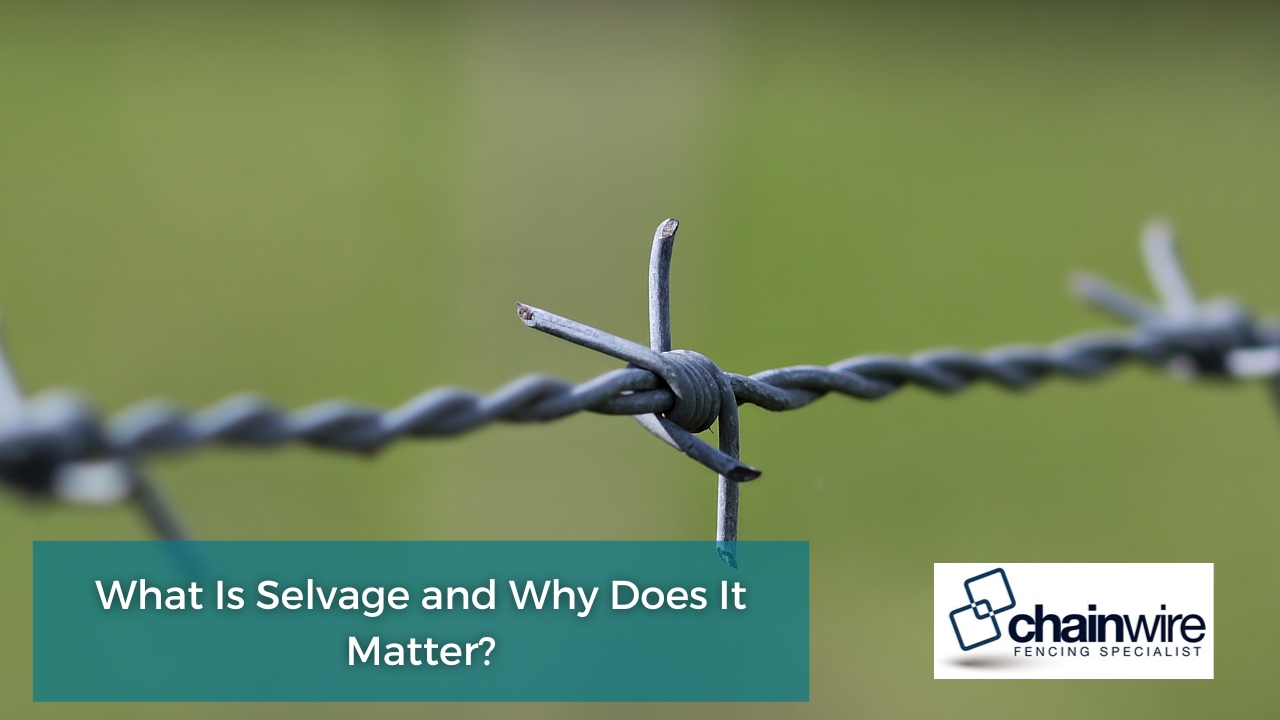
Which Coating Should I Choose?
The coating protects the steel wire from corrosion. There are several options, each suited to different environments.
Galvanised
Standard zinc-based coating. Comes in light, medium, or heavy. Used for farms, orchards, and general purpose fencing.
Powder Coated (PVC)
Plastic coating available in multiple colours. Used in pool areas or coastal regions where appearance and corrosion resistance matter.
Zinc Aluminium (ZA)
Stronger corrosion resistance than basic galvanising. Suitable for humid or salty environments.
ZA with Powder Coating
Adds visual appeal and doubles the protective layer. Ideal for sites exposed to both weather and chemicals.
Stainless Steel
Used in harsh or coastal environments. Highest corrosion resistance and longest lifespan. More expensive than other options.
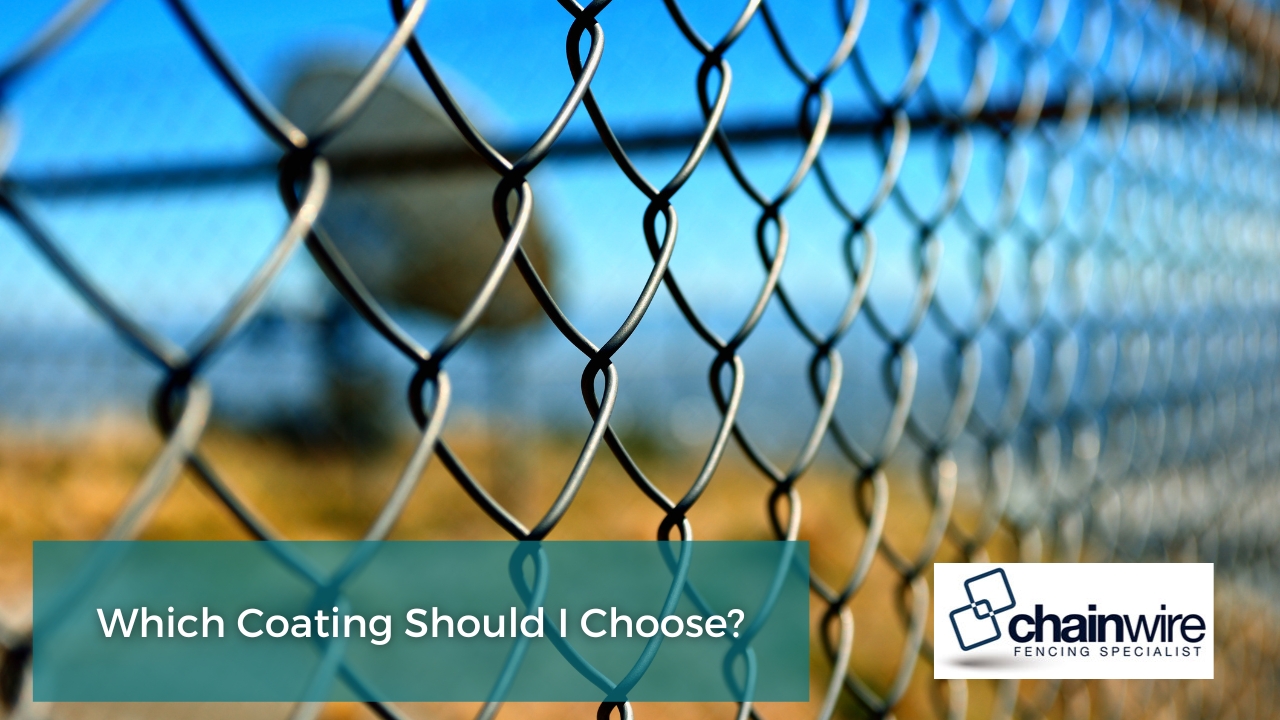
How Much Maintenance Is Required?
Chainwire fencing needs minimal upkeep. To clean, use a wire brush and detergent with warm water to remove dirt or surface buildup. Periodically inspect for:
- Tree roots or branches pushing into the fence
- Soil shifting or water pooling around posts
- Rust around joins or fasteners if uncoated areas are exposed
Applying a mild wax or surface protectant helps maintain appearance, especially on PVC or powder-coated finishes.
Is Chainwire Fencing Safe for Animals?
Yes. It’s commonly used in farms, kennels, zoos, and homes. When built with appropriate height, spacing, and gauge, chainwire fences keep pets secure and prevent entry from larger predators.
For small animals like rabbits or chickens, use a tight mesh with smaller gaps. For larger animals like dogs or goats, choose a thicker gauge and stronger posts.
PVC coatings prevent damage from digging and offer smoother contact if animals brush against the mesh.
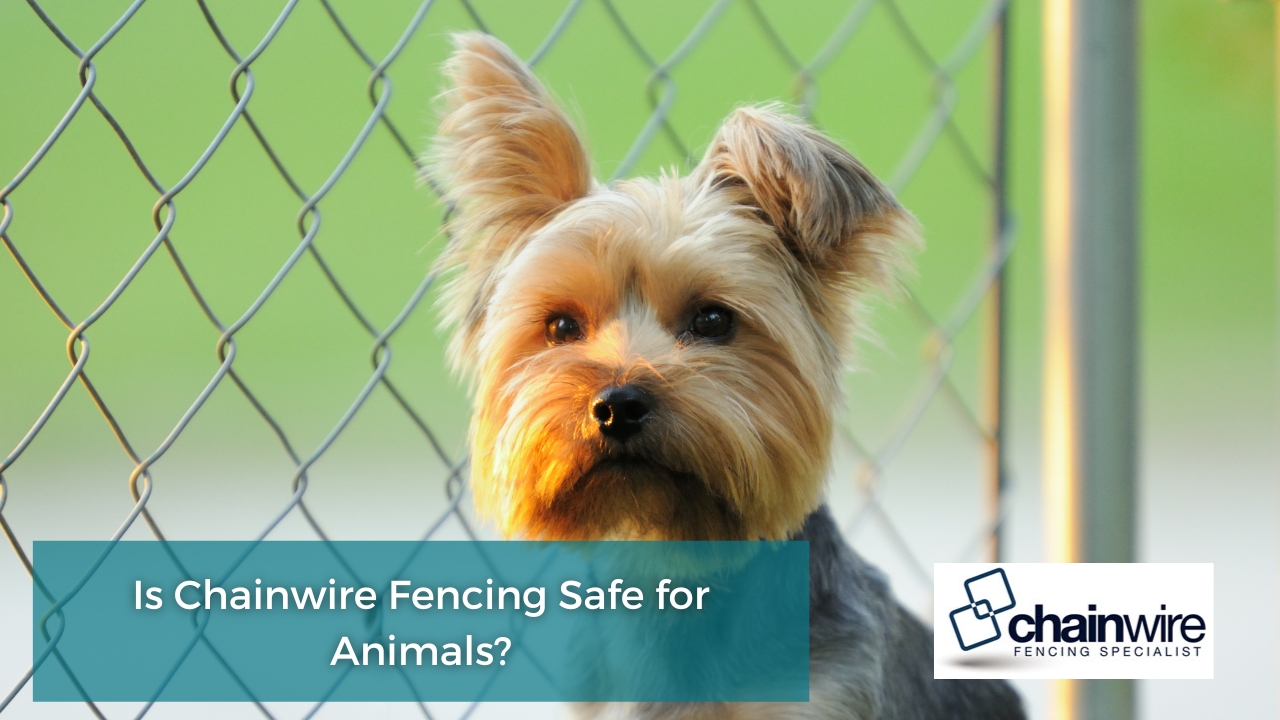
Can I Customise the Fence?
Chainwire fences are highly customisable. You can adjust:
- Mesh height
- Wire gauge
- Colour (if powder coated)
- Post type and spacing
- Security add-ons like razor wire, barbed tops, or extended height panels
- Foundation depth or concrete plinths under the fence for animals or sloped terrain
You can also mount chainwire to concrete walls or combine it with other fencing styles for mixed-use sites.
Is It a Good Option for Security?
Chainwire fencing is widely used for security due to its visibility and strength. The open mesh makes it easy to monitor both sides of the fence, and thicker gauges combined with height and barbed toppings act as a strong deterrent.
It’s used in:
- Warehouses
- Utility stations
- Car yards
- Schools
- Construction sites
- Council properties
Add-ons like anti-climb brackets, sensor cabling, or lockable gates enhance protection where needed.
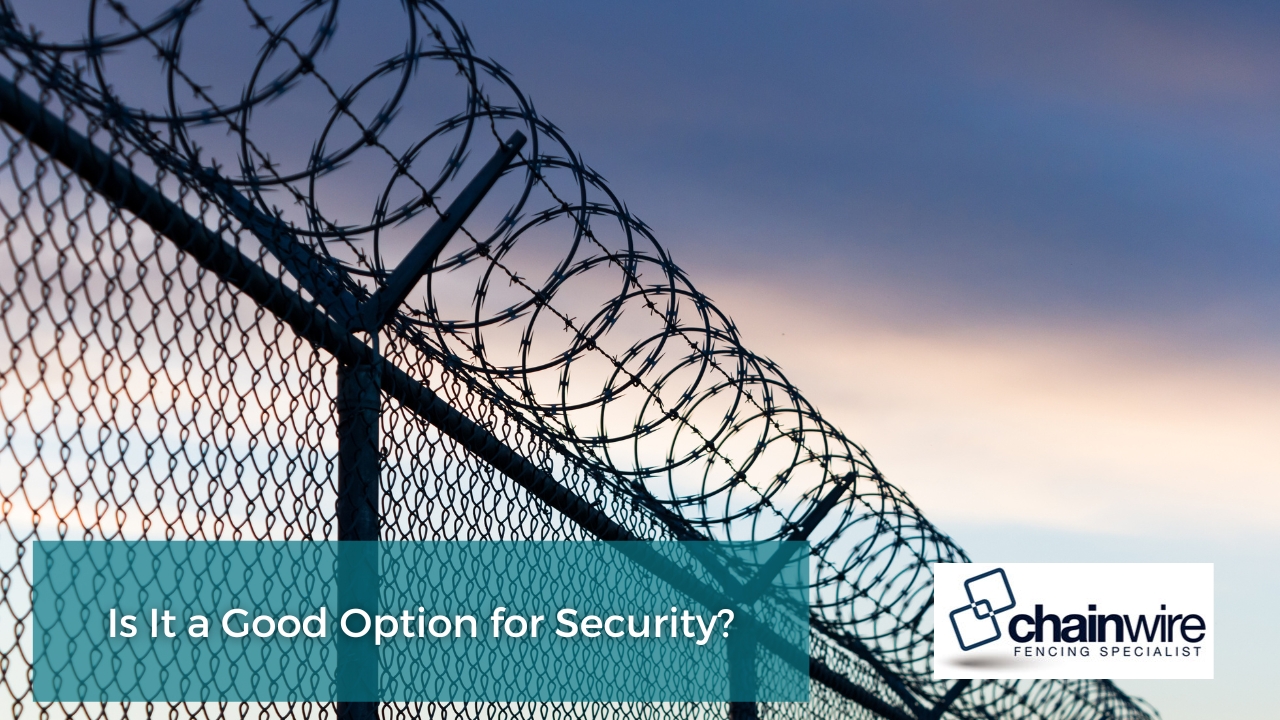
Can It Be Used on Sloped or Uneven Ground?
Yes. Chainwire fences can follow the ground’s contour with angled mesh and stepped posts. For steep slopes, the mesh is cut and overlapped between panels to avoid gaps underneath. This is ideal for rural areas, sports ovals, or irregular property lines.
Concrete plinths or extended mesh below ground level can prevent animal entry or digging under the fence.
How Long Will It Last?
A well-installed chainwire fence with a proper coating can last 15–30 years depending on environmental exposure, maintenance, and installation quality.
Galvanised fences in inland areas may last over two decades. Coastal or chemical-exposed areas benefit more from zinc aluminium or stainless steel finishes.
Chainwire Fencing Specialist Advice
Choosing the right chainwire fence depends on what you need it to do — keep animals in, keep people out, or withstand weather without constant maintenance. The wrong gauge or finish leads to early wear, extra repairs, or reduced security.
At Chainwire Fencing Specialist, we’ve installed fencing for homes, councils, and commercial sites across New South Wales for more than 20 years. We’ll help you select the right height, mesh, and coating to meet your needs and budget. Whether you’re fencing off a backyard, a factory, or a rural site, we’ll make sure it’s built to last.
Contact us for pricing, installation timeframes, or to request a site visit.

